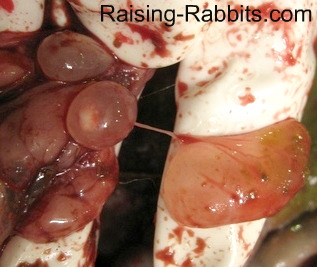secuono
Herd Master
- Joined
- Oct 16, 2010
- Messages
- 9,555
- Reaction score
- 14,486
- Points
- 623
- Location
- Virginia is for Pasture Farmers!
Email a state vet the pictures, they might know.
Butchered about 200 rabbits so far, never seen that.
What did the lungs look like?
Butchered about 200 rabbits so far, never seen that.
What did the lungs look like?



